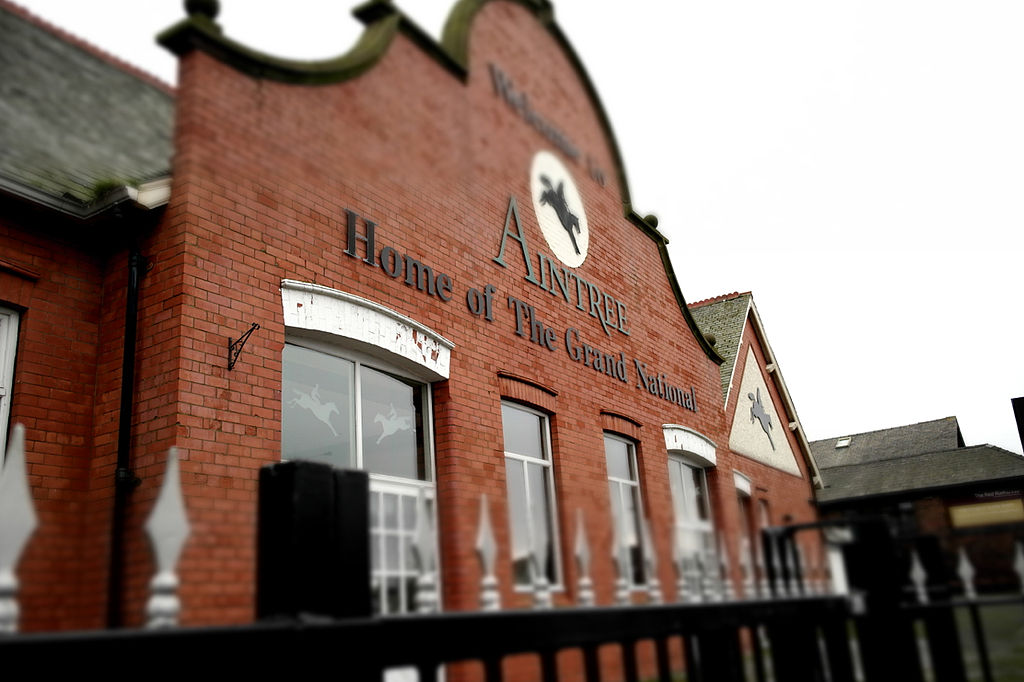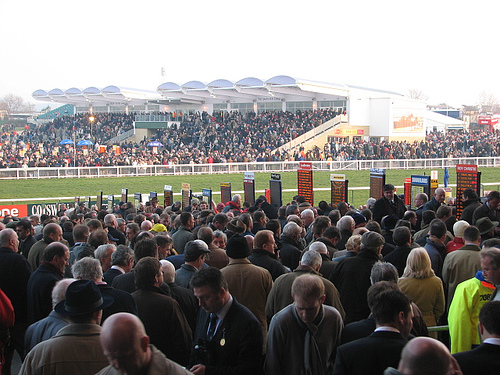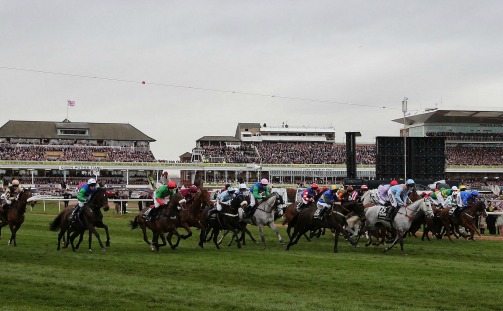Grand National 2024 Changes

Grand National 2024 Changes to Improve Horse Welfare
The Grand National is undeniably one of the most anticipated horse racing events of the year, drawing in spectators and bettors far and wide. From the die-hard race fans to those placing their once-a-year bet, the thrill and suspense of this race cannot be denied.
However, in a significant turn of events, plans have been put in place for a dramatic reduction in the number of grand national runners in the 2024 renewal from 40 to 34, which is almost half the number which began the race in 1929.
The decision to decrease the number of entrants was not reached lightly, primarily driven by an equally riveting yet solemn element of this world famous steeplechase: safety concerns.
Accidents in recent years have marred this sensational equestrian spectacle, ramping up pressure to initiate changes that enhance the welfare of the horses and riders involved.
The 2024 Grand National will see a number of significant changes, all designed to improve horse welfare. These changes follow a review by the Jockey Club, which has been ongoing for some time.
 Grand National Racegoers
Grand National RacegoersJoin my followers of the Horses To Follow (12.5 pts profit in just 10 advised horses this month). You will receive by email all my horses to follow for just £5 per month.
To subscribe just click the Paypal link below
The most notable change is a reduction in the number of runners from 40 to 34. This is the most significant reduction in the field size since 1929. The Jockey Club has said that this decision is based on research and internal analysis, which shows that there is a direct correlation between the number of runners and the risk of falls.
Other changes include:
The race will be run earlier in the day, in the best possible ground conditions.
There will be further investment in pop-up irrigation to allow for more effective watering of the course.
The pre-race parade will be different, with horses released by their grooms at the end of the walkway to canter down to the start with their riders in what is seen as a calmer environment.
There will be a standing start to reduce the speed into the first fence.
The first fence will be moved 60 yards closer to the start for the same reason.
Two inches will be clipped from the top of the takeoff side of fence 11 (an open ditch which also acts as fence 27), the fourth jump before the finish, with a leveling off on the landing side to reduce the drop.
All fences will have foam and rubber toe boards.
Alterations will be made to the alignment of the running rail on the inside of the course to assist with the capture of loose horses.
Horses assessed by industry experts as not meeting a required jumping standard will be unable to participate.
The Jockey Club has said that these changes are not a reaction to the protests from animal rights activists before last year's National, but rather the result of a long-term review of the race.
However, it is clear that the protests have put the spotlight on horse welfare in the Grand National, and the Jockey Club is keen to show that it is taking this issue seriously.
We welcome these changes, which we believe are a positive step forward for horse welfare in the Grand National. We are confident that these changes will help to reduce the number of falls and injuries in the race, and we look forward to seeing them in place in 2024.
 Grand National Start
Grand National StartGrand National 2024 Changes
However these Grand National 2024 changes will impact several factors concerning the race. Fewer horses on the field translate into reduced risk for overcrowding, ensuing falls, and collisions - scenarios that have in past races sometimes led to injuries and fatalities.
Owners and trainers are also largely affected by their reduction in the number of grand national runners. With a shrunken field, the opportunities to even participate in this iconic race are reduced. With this reduction, the stakes for trainers become higher, and the need for more precise preparation grows.
The jockeys, too, stand to experience a considerable shift in their race dynamics. A less filled track may mean fewer obstructions, but it also paves the way for more direct competition between the participants. This change may create new opportunities but also additional pressure for the riders.
For the punters who engage in betting, this modification stands to impact the way they play their odds. The decrease in Choice could reshape the betting landscape. With fewer options to wager on, the scales of probability tip, possibly leading to more predictable betting patterns and safer bets.
Moreover, the decision to reduce the number of runners in the race could have larger social implications. Certain segments of the general public, and more particularly, animal welfare activists, may welcome this change since it is a decisive move towards ensuring improved safety for the horses and the jockeys.
The proposal to pare down the grand national runners list might also serve up a sobering realization for casual spectators. With fewer horses stumbling and falling, the nature of their once-a-year viewing might turn less dramatic. But, this perceived reduction in the thrill of the race could be counterbalanced by the relief of knowing that their favorite horses and riders face lesser risks.
Let's not forget the effect on the bookmakers. With fewer horses in the race, betting volumes could decrease, potentially impacting the profits of gambling establishments. However, it could also lead to more predictable betting patterns.
Some diehard racegoers feel that the excitement and thrill of the race will be undermined by these changes. They opine that robust competition is part of what makes this event special and fear that diminishing the runner list and making the fences easier to jump could impact that unique aspect of the event.
From a broader societal perspective, the Grand National 2024 changes could signify the racing industry's evolution to align with present-day norms and expectations. The spectacle of the Grand National will persist, albeit in a form that's more in line with current perspectives towards animal welfare and safety.
Moreover, the race will continue to foster connectivity and camaraderie, given the shared sentiments and common conversations it ignites around the nation. This proposed decision notwithstanding, the spirit of togetherness that typically permeates the Grand National season is expected to remain intact.
Of course, it is a balancing act when drastic changes are proposed in such well-established events. Taking a step back from the inherent thrill of the large fields of horses, the safety of every single participant, equine, and human alike, is paramount.
The wave of emotions dished out at the Grand National - from excitement, fun, to nervousness, anxiety, and even togetherness - will continue. The only difference will manifest in the form of safer race practices and increased sporting responsibility.
The decision to reduce the number of runners can be seen as an affirmation of the commitment to horse and rider safety, possibly helping put to rest some of the anxieties and concerns associated with the event, opening channels to a wider audience.
Horse racing will always evoke a sense of excitement and thrill. The heart of the matter is, the values the sport cherishes - courage, strength, resilience, and precision - will always prevail, irrespective of the size of the field.
Back to Grand National from Grand National 2024 Changes

You Might Like These
Kentucky Derby Odds: Will there be a hometown favorite?
Preakness Stakes Odds: Will the champions face fresh challengers?
Belmont Stakes Odds: At 1½ miles, stamina becomes the great equalizer as longshots can threaten.
Breeders' Cup Odds: International talent collides with American speed, reshuffling expectations across the board.
Dubai World Cup Odds: Under desert lights, can a Japanese sensation prevail against the world's elite.
Pegasus Cup Odds: Retirement beckons for champions seeking one final payday at America's richest race.
Bet on Horses: Every wager tells a story of hope against mathematical probability.
Kentucky Derby Betting: Beneath fancy hats and mint juleps, fortunes change hands with each thundering hoof.
Preakness Stakes Betting: The middle jewel rewards those who recognize when Derby form holds true.
Belmont Stakes Betting: Distance separates champions from pretenders when the final furlong tests them all.
Breeders Cup Betting: Global racing converges for two days where value hides in plain sight.

Returns Policy: Once a customer has agreed to pay for a product or service no returns will be permitted or payments returned.
All PayPal transactions are subject to the PayPal Privacy Policy
Privacy Policy: Personal details provided to this site by an individual may be shared with third parties unless requested otherwise.
Above policies updated 15 March 2018




